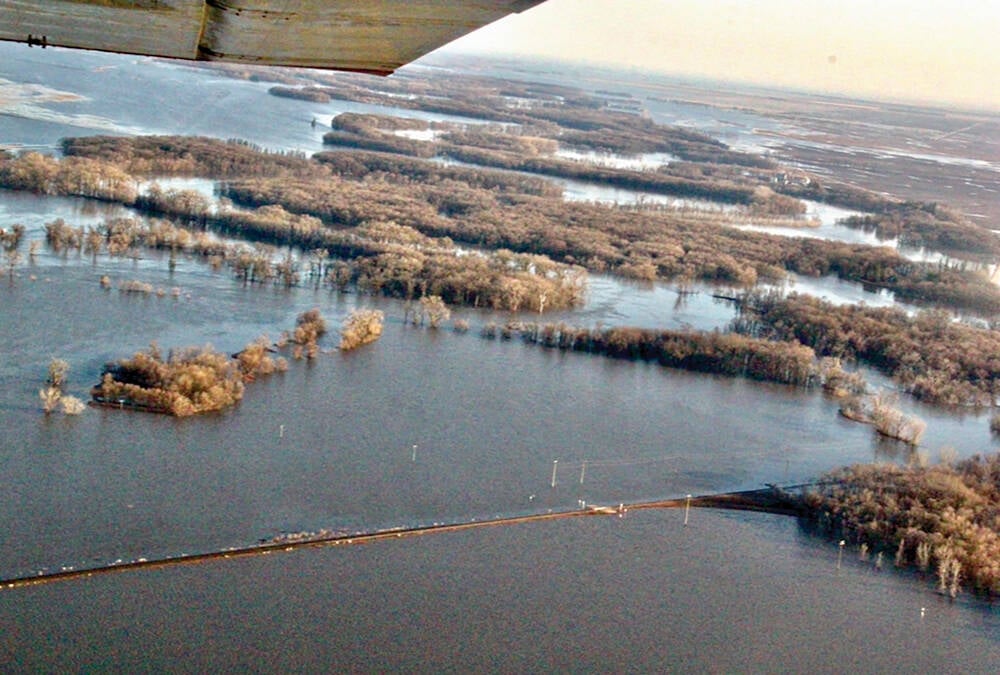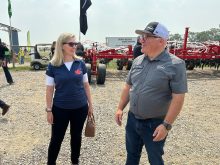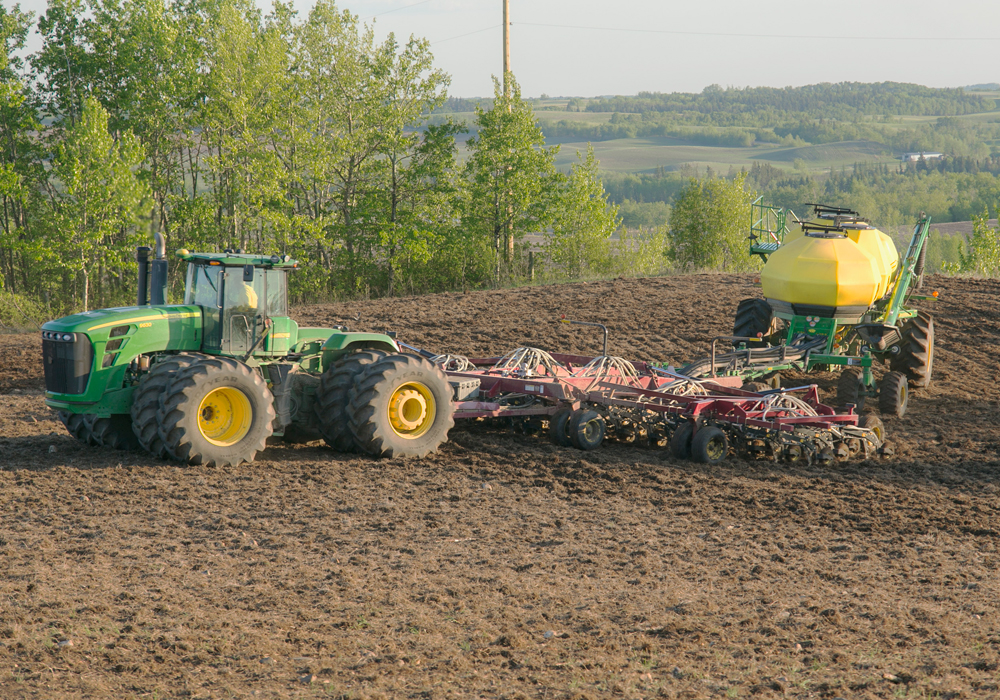The same day the Canadian Wheat Board lowered its already low wheat and barley projections, Saskatchewan Agriculture released a report saying the crop is coming along nicely in Western Canada’s biggest grain producing province.
In its weekly crop report dated July 30, Saskatchewan Agriculture detailed how 88 percent of spring wheat, 87 percent of flax, 86 percent of canola and 85 percent of peas are in good to fair condition. In fact, 65 to 70 percent of most crops rank in the good to excellent categories.
“The crops look in very good condition and much improved,” said Grant McLean, cropping management specialist with Saskatchewan Agriculture.
Read Also

Rural Manitoba resources slim on natural disaster planning
A study from Brandon University’s Rural Development Institute has found that many rural and small municipalities don’t have the staff or resources to make formal climate plans against natural disaster.
That cheery outlook flies in the face of the CWB’s gloomy forecast. The marketing agency has dropped its June 11 all-wheat production estimate by another 600,000 tonnes to 20.2 million tonnes, which would be 20 percent below the 2008-09 harvest and the smallest wheat and durum crop in seven years.
Bruce Burnett, the CWB’s director of weather and market analysis, said looks can be deceiving in the case of this year’s crop.
“It looks good for the first of July but it isn’t the first of July, it’s the end of July and that’s our problem.”
While July rains brought relief to the drought-stricken portions of the Prairies, the crop is further delayed than it was in June. He estimates it is two to three weeks behind normal development and that is a scary prospect because daytime highs start declining in August.
Even if the sun shines throughout all of August the CWB’s production estimate would only rise by five to 10 percent, meaning it would still be a below average crop. Burnett said it would be impossible to overcome the damage caused by extreme dry conditions in Alberta and the soggy start in Manitoba.
McLean is far more optimistic about production potential in his province. The next week to 10 days will go a long way toward determining yields but as of July 31 he was “conservatively” forecasting an average crop.
“The crops are advancing nicely. Particularly the canola has really improved over the last week to 10 days.”
Even pastures are looking good, which seemed unthinkable one month ago.
He recalled that the crop got off to a poor start last year but finished amazingly strong, with growers producing record spring wheat and canola yields.
“That was primarily because we had a cool first two weeks in July. Well, we’ve had them again,” said McLean.
The cool weather helped ensure the desperately needed moisture that arrived in the first half of July wasn’t lost to evaporation. Another rain is required to fill the crop and a good, long heat spell to advance it.
McLean acknowledged that the lateness of this year’s crop is a lingering concern.
But if there is a clear fall and farmers manage to avoid frost, Saskatchewan could still produce a decent harvest.
Burnett said development is simply too delayed to be thinking in those terms. He noted that overnight temperatures dipped to 5 C in some portions of the Prairies on July 30, a shot across the bow by Mother Nature.
While the forecast for August shows improved temperatures for the prairie region, that has been the story all season and the heat never seems to arrive for long.
Burnett said if somebody could provide him with a guarantee that a killing frost won’t arrive until after Sept. 20, he would be willing to bump up his dismal production estimates. But the odds are stacked against that happening.















